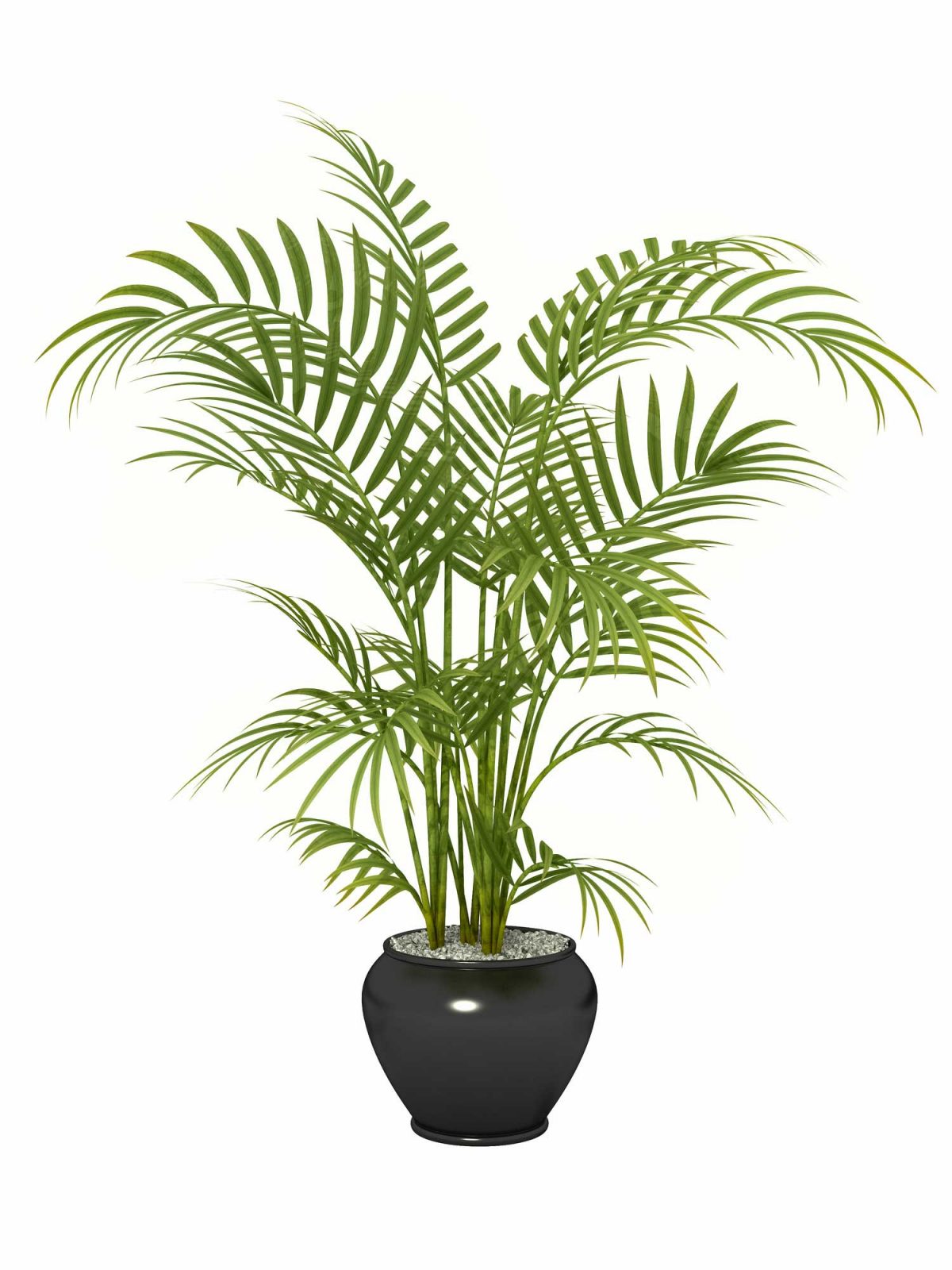The open-window season is officially over. (And forget about those 8:29 p.m. summertime sunsets.) Take a deep breath, anywhere in your home. Do you know what you just inhaled inside your lovely home besides life-sustaining oxygen?
It’s not just simmering potpourri.
How about:
- Formaldehyde (from furniture, plastics, insulation, carpeting, wood flooring, adhesives and building materials).
- Trichloroethylene (cleaners, degreasers, adhesives).
- Xylene (rubber, leather, cleaning products, printer ink).
- Toluene (paints, dyes, fragrances).
These are toxins, indoor pollution, trapped in your house. Don’t panic, though. Just buy more houseplants, natural air purifiers that also recycle carbon dioxide into breathable oxygen. NASA has cultivated a reputation has a seemingly incongruous houseplant expert — though life in space for long-duration missions, says the federal space agency, could depend on it — so let’s cherrypick its research for this winter’s Top 10 indoor air decrapifiers for your bedroom or anywhere else in the house.
[huge_it_gallery id=”57″]
- Areca Palm: Not only absorbs pollutants, but also releases moisture into the air.
- Aloe Vera: An easy-to-maintain plant that releases oxygen into the air as you sleep. (It’s good for insomniacs.) Also adept at reducing benzene and formaldehyde levels.
- English Ivy: A Christmastime favorite that’s a year-round keeper because it filters 78 percent of airborne mold in 12 hours.
- Dwarf Date Palm: Loves xylene and other pollutants.
- Boston Fern: Who hasn’t owned a Boston Fern? Time to get another — its specialty is formaldehyde removal.
- Chinese Evergreen: Withstands low light as it removes toxins.
- Peace Lily: A member of the Araceae family, not an actual lily, that likes temperatures between 65 degrees and 80 degrees. Helps feed itself by by absorbing mold spores and using them, at root level, as food. Improves air quality by up to 60 percent.
- Spider plant: Can filter up to 90 percent of toxins in two days and provide relief for dust allergies.
- Lady Palm: This plant has a toxin hit-list: ammonia, formaldehyde, toluene and xylene.
- Weeping Fig: A slow-growing ficus that is a must-buy to reduce pollutants from carpeting and furniture (benzene, formaldehyde and trichloroethylene).
Need a primary care provider? Contact Hartford HealthCare Medical Group.

